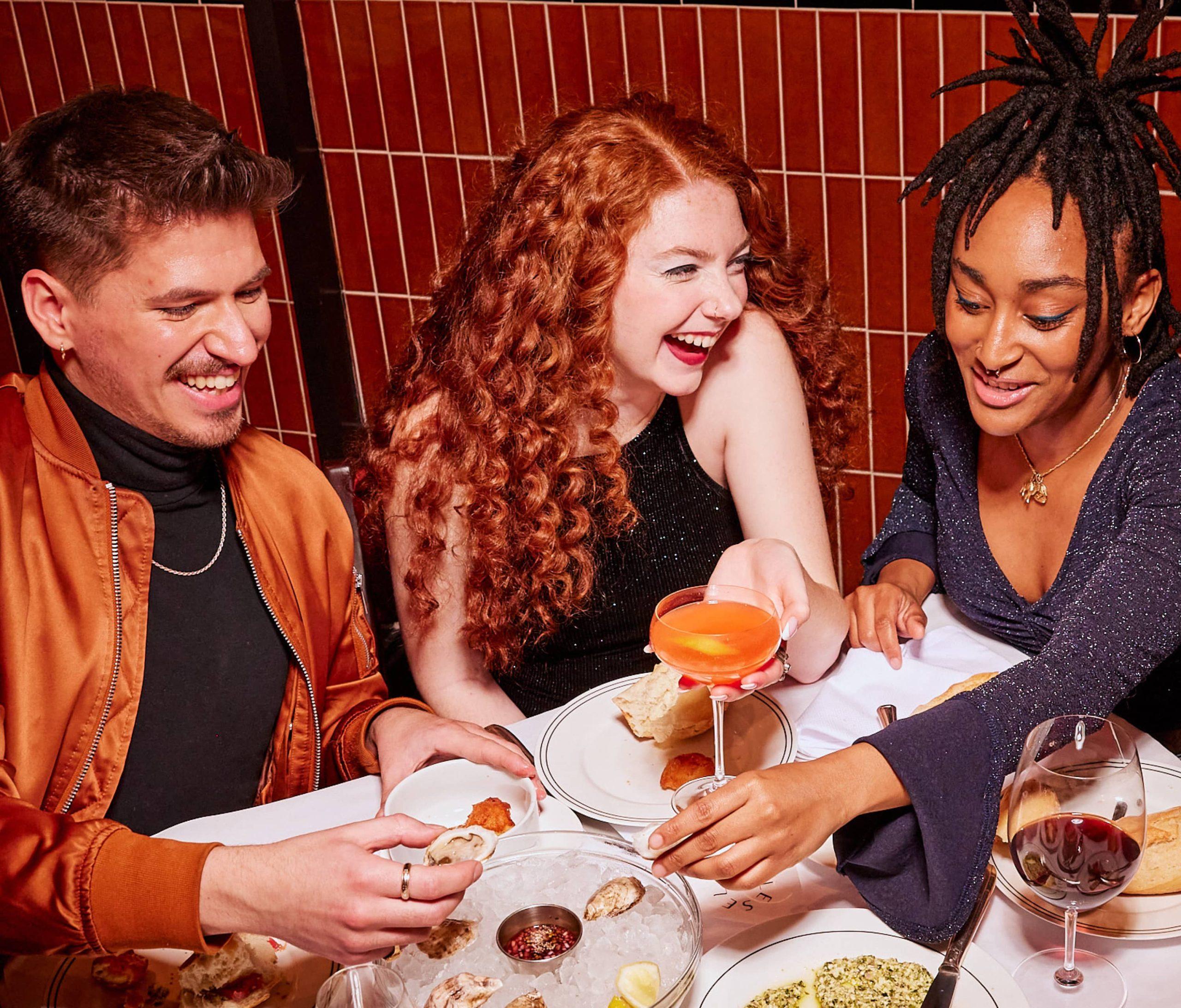January and February often bring with them a wave of optimism, marking them as a time for change. Millions of people around the world take this time to set well-intentioned resolutions to change some aspect of their life. But if you missed the boat on resolutions this year, or if you’re just seeking a do-over with 2021, fear not: The Lunar New Year is here, offering a golden opportunity to symbolically reset.

While the Lunar New Year is often a time for family reunions and gathering with loved ones, this year’s pandemic may make gathering a little harder than usual. That said, there are still ways to celebrate. If you’re looking for some auspicious dishes and ingredients to incorporate into your dinner menu, or if you’re simply looking to inject some festive prosperity, look no further than these five dishes, ranging from long-life noodles to lucky rice cakes.
Tteokguk from Korea

Where to taste tteokguk: Arirang in Soho, London.
Longevity noodles from mainland China

Discover delicious noodle dishes at restaurants like Man’s Market in Leeds, Blue Eyed Panda in Manchester, and Plum Valley in London, or make your own longevity noodles at home.
Turnip cakes from Taiwan

Where to find turnip cakes: Yauatcha Soho in London and Glamorous Chinese Restaurant in Manchester.
Spring rolls from Vietnam

Where to find spring rolls: Gon Cafe in Edinburgh, Viet Eat in London, and Opium in Dublin.
Thukpa from Tibet

While guthuk is not available commercially, different varieties of thukpa can be readily found in restaurants.
Where to find thukpa: Hamro Chautari. Urban Yak, and Kailash Momo in London.
This is a guest post from Samantha Chong. Photo Credit: Getty Images.



